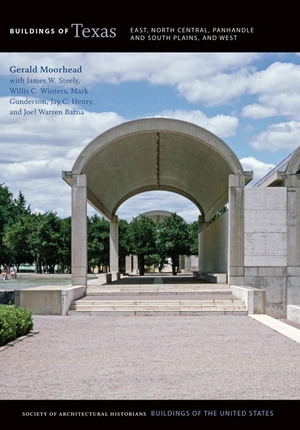
The mill is an unusual (for Texas) example of a surviving nineteenth-century industrial structure. The three-story stone mill was built by Connecticut-born Charles E. Barnard, who arrived in Texas in the mid-1840s and, with his brother and other investors, operated trading posts on the Central and North Texas frontier. In 1860, he constructed a log building for use as a trading post, store, jail, and later the courthouse. The same year Barnard received a quarter section of land (160 acres) from the county in exchange for building a flour and gristmill, which he operated until 1874. The building’s limestone walls are over two feet thick and interior framing consists of oak timbers from East Texas. With its foundations resting on the bedrock of the Paluxy River, water was channeled past the mill turbine in the basement. Loophole openings on the third floor allowed use as a fort in case of Indian attack. With later additions, the building served as a burr mill and a cotton gin, remaining in operation until 1941. Later owners operated a hospital on the site until 1972, adding another building. In 2005, the property was deeded to the Somervell History Foundation, which has a long-term plan for restoration of the complex.

